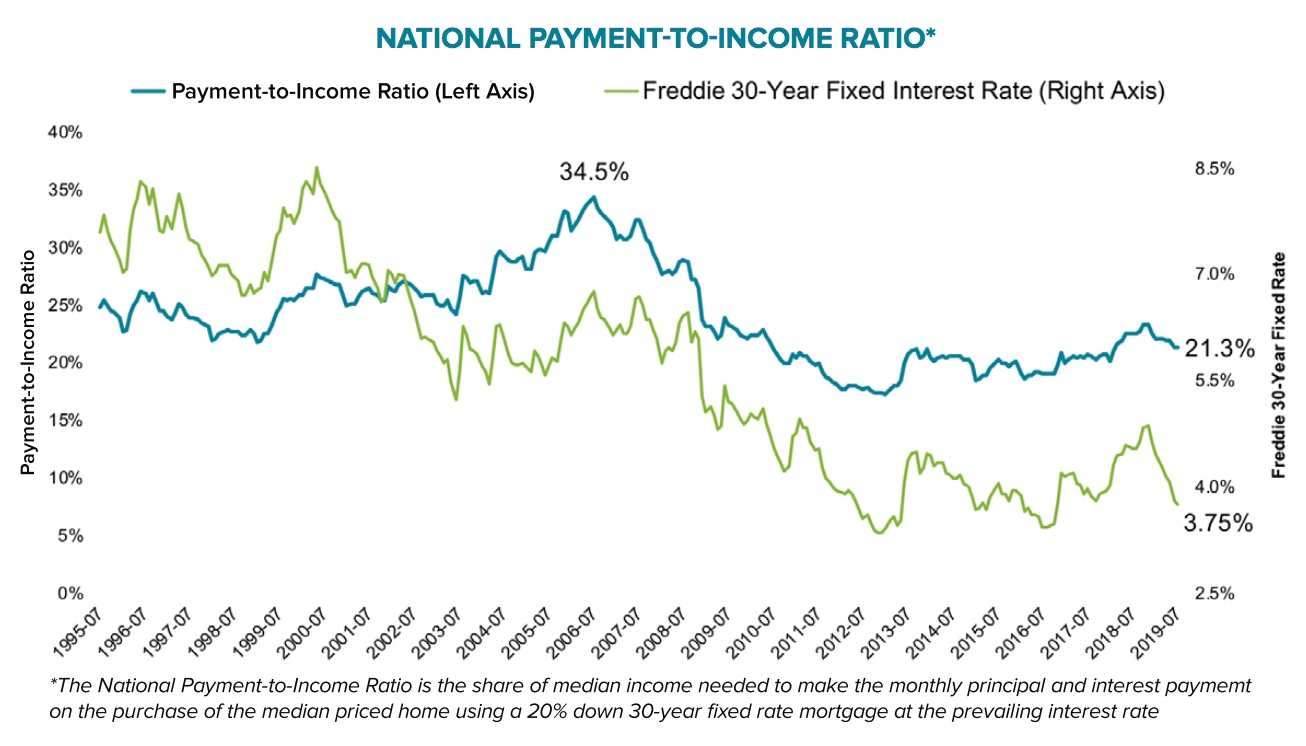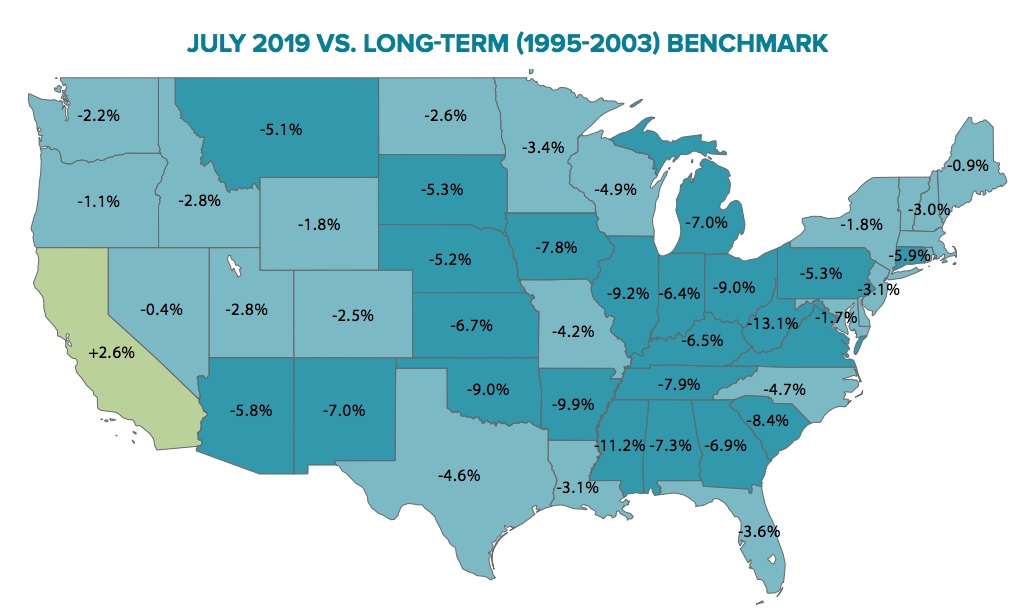DAVID STONEBERG editor@sthelenastar.com
Eight Upvalley families started a journey of home construction Saturday that will end in 18-20 months when all of the townhomes on Brenkle Court in St. Helena are finished.
The Brenkle Court subdivision at 684 McCorkle Ave. is sponsored by Our Town St. Helena, a local nonprofit affordable housing advocacy group.
The families spent Saturday clearing weeds, cutting down shrubs and getting the land ready for a concrete subcontractor to form and pour the two slabs needed for the single-family common-wall townhomes. Each of the homes will be two-story with three bedrooms and 1 1/2 baths. On Monday, there was a large pile of brush behind the chain-link fence, on which hung several colorful and whimsical paintings.
The hard work begins in six weeks, as each family has pledged to build 65 percent of all of the homes, spending 35 hours a week on construction. That’s in addition to their regular jobs, which means working nights and weekends for the next 18 to 20 months.
Site supervisor Adam DeLeon will be on the job five days a week, directing the families. Retired contractor Larry Vermeulen is OTSH construction supervisor. “We thought we were going to start in December or January,” Vermeulen said, noting that the site development work, including curbs, gutters, street, grading and underground utilities were all done in October or November.
Longer than expected
Vermeulen said it took longer than expected to work with the USDA Rural Development, which is providing a technical grant to OTSH and low-income mortgages to each of the families. Three years ago, OTSH started out with 43 families who were interested in building and owning one of the townhomes. That list got narrowed down to 12 or 15 families who could qualify.
OTSH board member John Sales said qualifications are difficult, since families have to make the payments, estimated at $1,800 a month, although they can’t make too much or they won’t qualify for the USDA mortgages, which are 35 or 38 years. “We ended up with eight families and when we got to the point of signing purchase agreements, two of the families dropped out, so we had to go back, pull some more applications and go through the qualification process again,” Sales said.
Six of the families are qualified as low income, which is $66,375 for a family of four and two are very low income, which is 50%, or $44,250, of the HUD median income. “They can’t make more than that, but they have to make enough to manage these mortgage payments,” Vermeulen said.
The units are protected to be affordable housing for 55 years. “It’s affordable housing in this county by any definition,” he added, since a median home sales price last year was $1 million and the lowest sold was $600,000 and that was a condominium. The value of each of the eight townhomes will be $412,000 when finished.
It has taken a tremendous amount of work to get to this point. After the City of St. Helena bought the property and sold it to OTSH for $1, with the express purpose of building affordable housing, OTSH hired consultant Howard Siegel, who had been with Napa County for a number of years. The Gasser Foundation help pay for Siegel.
“We have to give Howard a lot of credit, because he walked us through some of the deepest ditches we could have walked through, subdividing the property, coming up with subdivision maps and satisfying the state,” Sales said. The process of going back and forth with the state for eight or nine months was “horrible,” Sales said.
The families
An additional challenge was that OTSH had to get all the families’ mortgages done at the same time, since the eight units are common-wall townhouses, that is single-family homes with common walls and a courtyard.
The families are cellar workers, vineyard workers, and hotel and restaurant employees. “They are the service people who keep our little town going, that keep our wine industry going,” Vermeulen said. “Some of them have been at the wineries for many years, they are the assistant cellar masters, for example, but they don’t earn enough money to buy a home in St. Helena.”
Erica Roetman Sklar, who serves on OTSH’s advisory council, added, “I think this is an important point, these families will have the benefit of home ownership in St. Helena,” and when the homes are finished, they will be moving out of their subsidized rental housing, whether it’s at Hunt’s Grove or Stonebridge. “That opens up a new opportunity for another family,” she said.
Building a team
In the past few months, Vermeulen worked with the families, training them on basic construction: how to measure, mark, cut and assemble, how to read a tape measure, for example. Also there have been videos, lectures and tool safety talks, especially with power tools. “To practice our skills we built sawhorses in the parking lot at Grace Episcopal Church in December,” Vermeulen said.
“We got all the families together, so I’ve got 20 odd sawhorses waiting to get over to the job site. It’s been about team building, too, it isn’t just about the skills, it’s about working together,” he added.
Families will have to put in 35 hours a week, which is difficult for a family of two on just the weekends, “so we’ve impressed on them that they need to twist the arms of their relatives and friends,” Vermeulen said. “They can bring volunteers that count against that 35 hours. We’ll keep track of it, to keep it equitable.”
After the group starts building and learns to work together, Vermeulen said he will be looking for volunteers from the community at large. “We haven’t pushed that very hard, because we’re not ready for it. I want to see how the families work first, I need to get them working as a unit, then we’ll add another 50 people. If we start day one with 100 people, it will be chaos.”
The construction is expected to take between 18 and 20 months. OTSH will hire subcontractors for concrete, electrical, plumbing, roofing and drywall, although that could change. “We may end up doing more labor to meet our budget,” he said, since the budget was established before the wildfires of 2018 hit, driving up the cost of materials.
In the end, they may need to do the roofing and the drywall. “It’s a lot more efficient to have a professional crew come in and bust out the drywall. We’ll know in a year, whether we have to do it and we’ll get a better picture in a few months,” Vermeulen said.
Additional financial support was received from the City of St. Helena, who donated the land and waived development fees and the county of Napa. Rural Community Assistance Corporation is providing technical support and financing.












